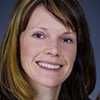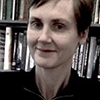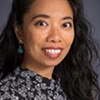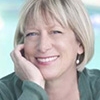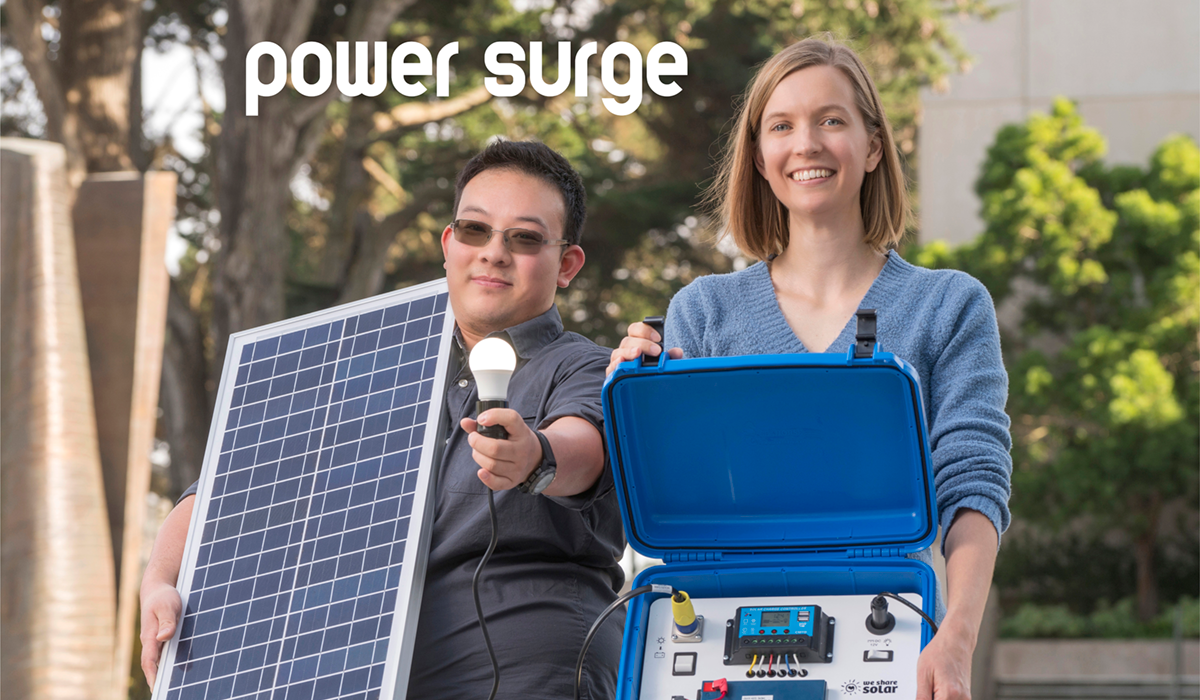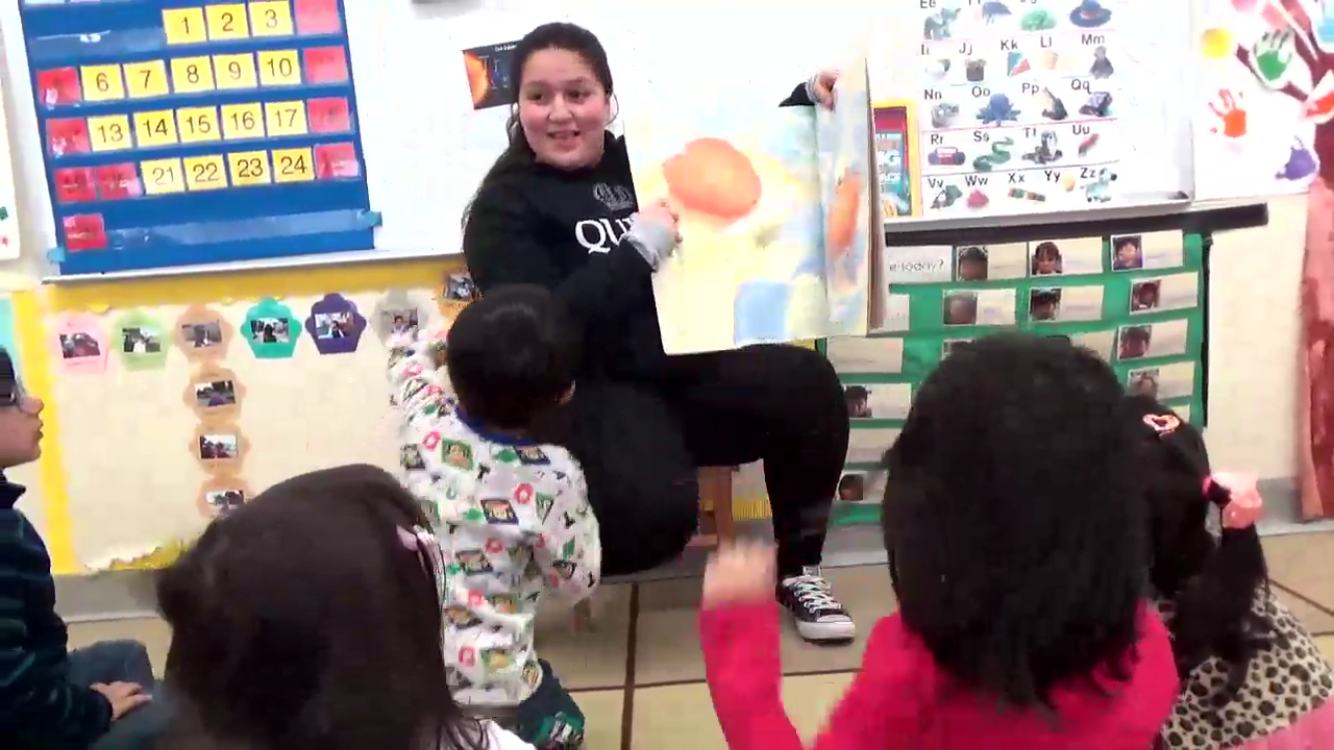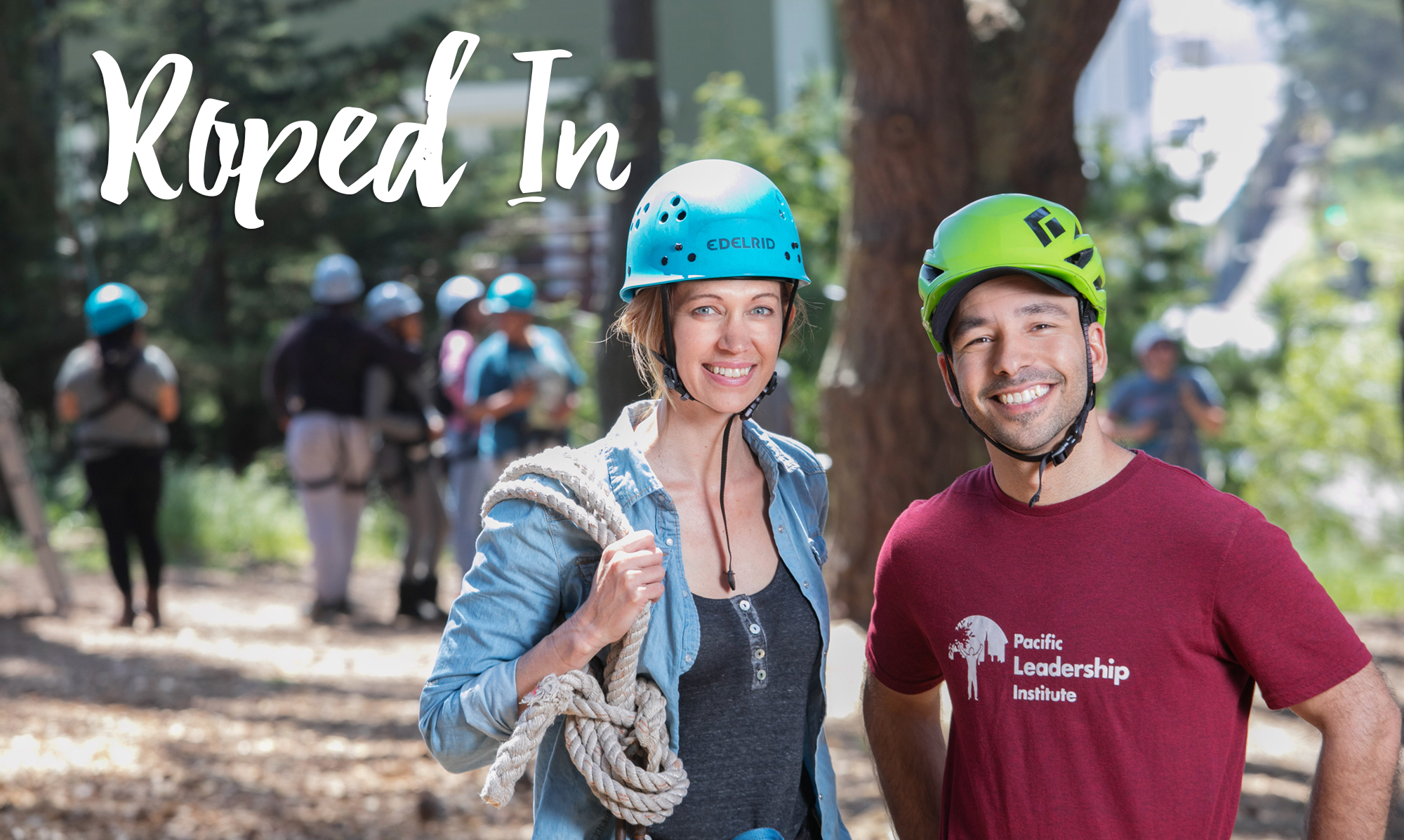CHSS honors outstanding faculty with 2019 Excellence Awards
San Francisco State University’s College of Health & Social Sciences presented its Faculty Excellence Awards at the College’s Fall Opening Meeting on August 26. These awards were established to underscore the College’s deep commitment to excellence in teaching, scholarship and service.
Each awardee received $750 and a certificate signed by Dean Alvin Alvarez and Associate Dean John Elia. Student research assistants also received award certificates and a gift from the College. (Faculty award winners are pictured below with Associate Dean John Elia.)
Excellence in Teaching Award

Associate Professor of Recreation, Parks & Tourism Pavlína Látková received the Excellence in Teaching Award for tenured faculty in recognition of her broad range of accomplishments. Her teaching and research interests are in community-based tourism, international development, sustainable travel and resident attitudes towards tourism development. Látková shares her enthusiasm and dedication to the subject by incorporating different teaching methods including group projects, guest lectures and field trip activities.
When she is not discussing sustainable tourism efforts with her class in Costa Rica during spring break, coordinating the 400-hour culminating internship experience for graduating seniors, organizing student retreats each semester and planning the semi-annual career fair, you can find her preparing to implement new curriculum and pedagogical ideas. Her creative instructional contributions include RPT 605: Ecotourism Principles and Practices and RPT 470: Travel with Purpose — a faculty-led, study abroad program.
More than 20 students collaborated on Látková’s nomination. They described her as an inspiring professor and mentor who genuinely cares for and supports her students, always showing great commitment in helping them successfully accomplish what they set out to achieve.
Ana Maria Barrera of the Department of Kinesiology received the Excellence in Teaching Award for lecturers. Her interest and passion revolves around social justice and supporting underrepresented populations, and her instruction focuses on reflective and dynamic learning processes that maximize student learning and foster cooperative and collaborative learning environments. Barrera recently developed a new course that instantly became an essential foundation for the successful educational and developmental experience for kinesiology students to ultimately become self-sufficient lifelong learners.
Through appreciative advising, Barrera helps students realize their potential and use their strengths as resources. She strongly believes that students become empowered when someone listens to them and cares about their well-being and needs as they navigate higher education. Barrera started her department’s peer advising program, and has also developed several long-term and systematic advising strategies to enhance the quality of advising. Her talents have been recognized at the University level and she was appointed as a member of the Dream Resource Center Advisory Board for undocumented students. Her passion for diverse and underserved populations is also evident in her doctoral dissertation topic, which focused on documenting undocumented students’ experiences in higher education and how such experiences impact their academic success and fulfillment.
Excellence in Service Award
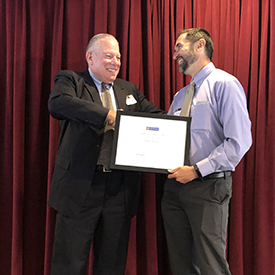
Associate Professor Jackson Wilson of the Department of Recreation, Parks & Tourism was awarded the College’s inaugural Excellence in Service Award for his dedication to service activities that impact student success and enhance the SF State community. Wilson has a strong commitment to directly cultivating practical knowledge and skills to enable students to achieve their professional goals and help them become better citizens. He teaches graduate and undergraduate classes in research methods, leadership, organization management and information technology.
Wilson has been a faculty fellow for Quality Learning and Teaching (QLT) since 2015 and currently serves as the lead faculty fellow. He continues to serve as a faculty researcher in a CSU-wide online education research project (SQuAIR), serves as a faculty fellow with the Center for Equity and Excellence in Teaching and Learning, co-chairs one of the AMP working groups and serves on SF State’s Enrollment Management Committee. At the college level, Dr. Wilson has served on the Leave with Pay Committee and the Elections Committee and on the FINA RTP committee. He is also the department graduate coordinator and leads the multi-campus Master of Science in Recreation, Parks & Tourism collaboration with two other CSU campuses.
Excellence in Scholarship Award
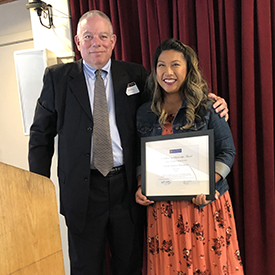
The College awarded Assistant Professor of Sociology and Sexuality Studies Valerie Francisco-Menchavez the Excellence in Scholarship award for her support of student-initiated research that evolves above and beyond the requirements for a degree. She provided opportunities for students Stephanie Ancheta, Jessa Delos Reyes, Katrina Liwanag, Tiffany Mendoza and Jeannel Poyaoan to assist in data collection and analysis by training them in qualitative and quantitative research methods, such as interviewing respondents, conducting focus groups and administering surveys. Together as a group, they wrote a co-authored peer-reviewed publication, “Claiming Kapwa: Filipino Immigrants, Community Based Organizations and Community Citizenship in San Francisco,” which was presented at UC Davis’ inaugural Filipino American political symposium in 2018, the CHSS Annual Showcase in 2018 and the SOMA Pilipinas Community Network gathering in 2019.
As an educator, Francisco-Menchavez continues to develop her pedagogy to engage students’ ideas and spirit in learning how to analyze the world of sociology. She does this by preparing her courses with a global perspective and preparing a range of learning activities in and outside of her classroom that cultivate students’ ability to think critically about the complex times we live in and in their potential to change the world.
